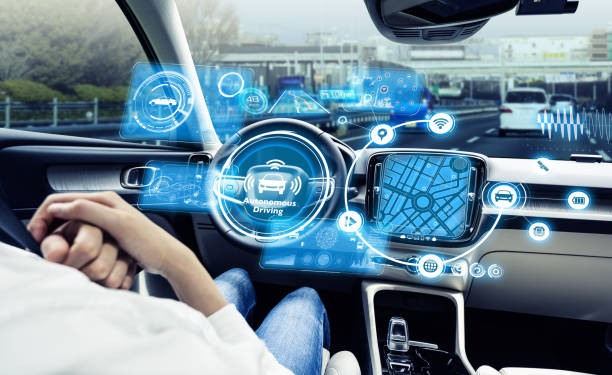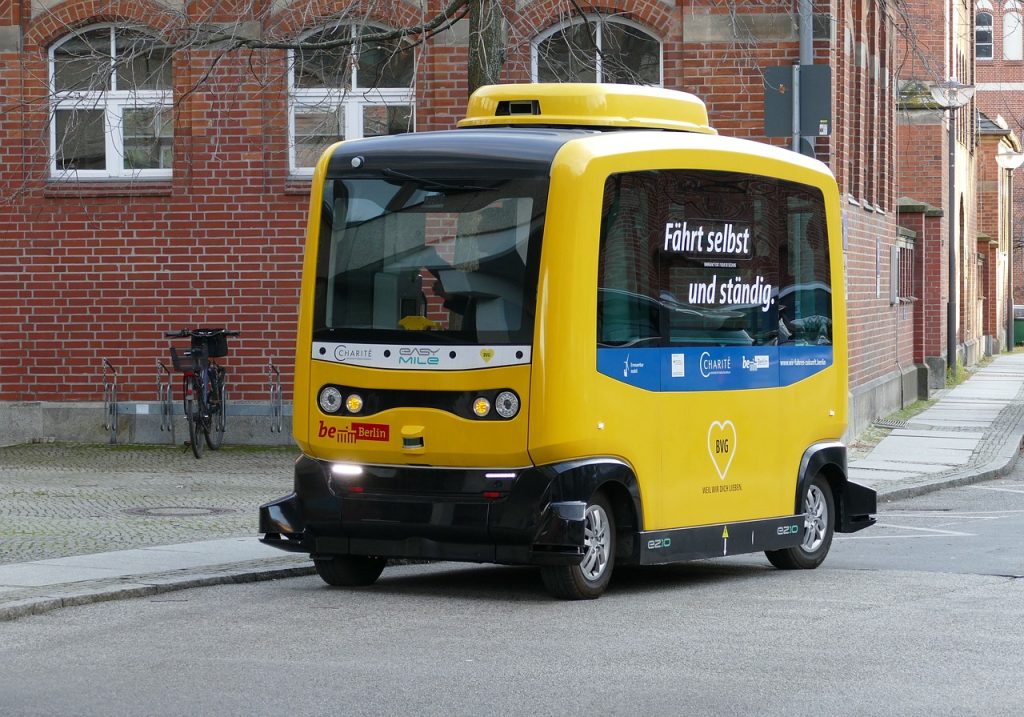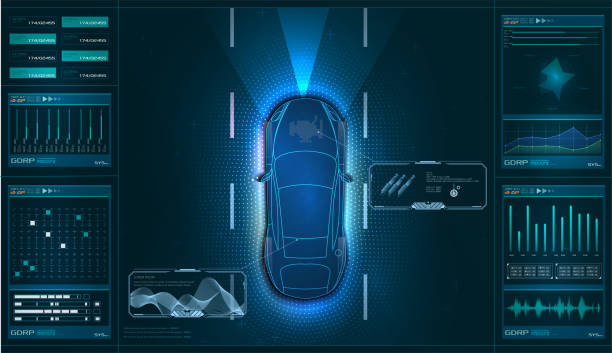Table of Contents
Autonomous vehicles (AVs) are transforming the landscape of transportation, promising to redefine how we travel, commute, and interact with our environments. From self-driving cars to automated delivery drones, the advancements in autonomous technology are poised to bring about significant changes in various aspects of society. This article explores the current status of autonomous vehicles, their technological advancements, regulatory challenges, and future prospects.

Current Status of Autonomous Vehicles
Autonomous vehicles utilize a combination of sensors, cameras, radar, and sophisticated algorithms to navigate and operate without human intervention. The development of AV technology has seen substantial progress over recent years, with numerous companies and research institutions working on various aspects of the technology.
- Levels of Autonomy: Autonomous vehicles are categorized into different levels based on their degree of automation. The Society of Automotive Engineers (SAE) defines these levels from 0 to 5. Currently, most vehicles on the road feature Level 2 automation, which includes advanced driver-assistance systems (ADAS) such as adaptive cruise control and lane-keeping assistance. Level 3 and 4 vehicles, which offer higher levels of automation, are being tested by several companies, with some limited deployment in specific areas. Level 5 represents full automation, where no human intervention is required.
- Key Players and Technologies: Major technology companies and automotive manufacturers are actively involved in the development of AVs. Companies like Waymo (a subsidiary of Alphabet Inc.), Tesla, and Cruise (a subsidiary of General Motors) are leading the charge with their autonomous driving technologies. These companies leverage a range of technologies, including LiDAR (Light Detection and Ranging), computer vision, and machine learning, to enable vehicles to understand and navigate their environments.
- Testing and Deployment: Testing of autonomous vehicles has been extensive, with numerous trials conducted in various cities and environments. Companies have deployed fleets of autonomous vehicles in controlled settings and have started limited public testing. For instance, Waymo operates a taxi service with autonomous vehicles in parts of Phoenix, Arizona. However, widespread deployment of fully autonomous vehicles remains limited due to regulatory, safety, and technological challenges.
Technological Advancements
- Artificial Intelligence and Machine Learning: AI and machine learning are central to the development of autonomous vehicles. These technologies enable vehicles to process vast amounts of data from sensors and cameras, allowing them to make real-time decisions and adapt to changing conditions. Advanced algorithms help in object detection, path planning, and decision-making, enhancing the vehicle’s ability to operate safely and efficiently.
- Sensor Technologies: Sensors play a crucial role in autonomous vehicles by providing data about the vehicle’s surroundings. LiDAR sensors create detailed 3D maps of the environment, radar detects objects and measures distances, and cameras capture visual information. The integration of these sensors provides a comprehensive understanding of the vehicle’s surroundings, enabling accurate navigation and obstacle avoidance.
- Connectivity and V2X Communication: Vehicle-to-Everything (V2X) communication is a key component of autonomous vehicle technology. V2X enables vehicles to communicate with each other, infrastructure, and pedestrians, improving safety and coordination. This connectivity helps in sharing information about traffic conditions, road hazards, and other critical data, facilitating smoother and safer operation.

Regulatory and Safety Challenges
- Regulatory Frameworks: The deployment of autonomous vehicles is subject to regulatory oversight to ensure safety and compliance with traffic laws. Different countries and regions have varying regulatory approaches to AVs. In the United States, the National Highway Traffic Safety Administration (NHTSA) and state governments are involved in setting guidelines and standards. In Europe, the European Commission is working on regulations to harmonize AV standards across member states. Developing comprehensive and cohesive regulatory frameworks is essential for the safe and effective deployment of autonomous vehicles.
- Safety and Reliability: Ensuring the safety and reliability of autonomous vehicles is a critical concern. Despite advancements in technology, AVs must demonstrate their ability to operate safely in diverse and complex driving conditions. Addressing safety concerns involves rigorous testing, validation, and continuous improvement of technology. Additionally, handling unforeseen situations and ensuring the reliability of AV systems under various scenarios are key challenges that need to be addressed.
- Ethical and Legal Considerations: Autonomous vehicles raise ethical and legal questions related to decision-making in critical situations, liability in case of accidents, and data privacy. For instance, decisions made by AVs in emergency situations, such as choosing between harming passengers or pedestrians, involve complex ethical dilemmas. Establishing legal frameworks and ethical guidelines to address these issues is essential for the responsible deployment of AV technology.
Future Prospects
- Widespread Adoption: The future of autonomous vehicles holds the promise of widespread adoption and integration into everyday life. As technology advances and regulatory frameworks evolve, autonomous vehicles are expected to become more prevalent on the roads. This adoption could lead to significant changes in transportation patterns, urban planning, and mobility solutions.
- Impact on Transportation and Urban Mobility: Autonomous vehicles have the potential to transform transportation and urban mobility. They could reduce traffic congestion, lower accident rates, and enhance the efficiency of transportation systems. The rise of shared autonomous vehicles and on-demand mobility services could also change how people access transportation and navigate cities.
- Environmental Benefits: Autonomous vehicles can contribute to environmental sustainability by optimizing driving patterns and reducing fuel consumption. Electric autonomous vehicles, in particular, offer the potential for reduced emissions and a smaller carbon footprint. The integration of AVs with smart grid systems and renewable energy sources could further enhance their environmental benefits.
- Integration with Smart Cities: Autonomous vehicles are expected to play a key role in the development of smart cities. By integrating with smart infrastructure and communication systems, AVs can contribute to efficient traffic management, improved public transportation, and enhanced urban planning. The synergy between AVs and smart city technologies could lead to more connected, efficient, and livable urban environments.

Conclusion
Autonomous vehicles are at the forefront of technological innovation in transportation, offering the potential to revolutionize how we travel and interact with our environments. While significant progress has been made in developing AV technology, challenges related to regulation, safety, and ethics must be addressed to ensure its successful deployment.
The future of autonomous vehicles promises widespread adoption, transforming transportation and urban mobility, and contributing to environmental sustainability. As technology continues to advance and regulatory frameworks evolve, autonomous vehicles are poised to play a central role in shaping the future of transportation and creating smarter, more connected cities. Embracing the potential of AVs while addressing their challenges will be crucial for realizing the full benefits of this transformative technology.